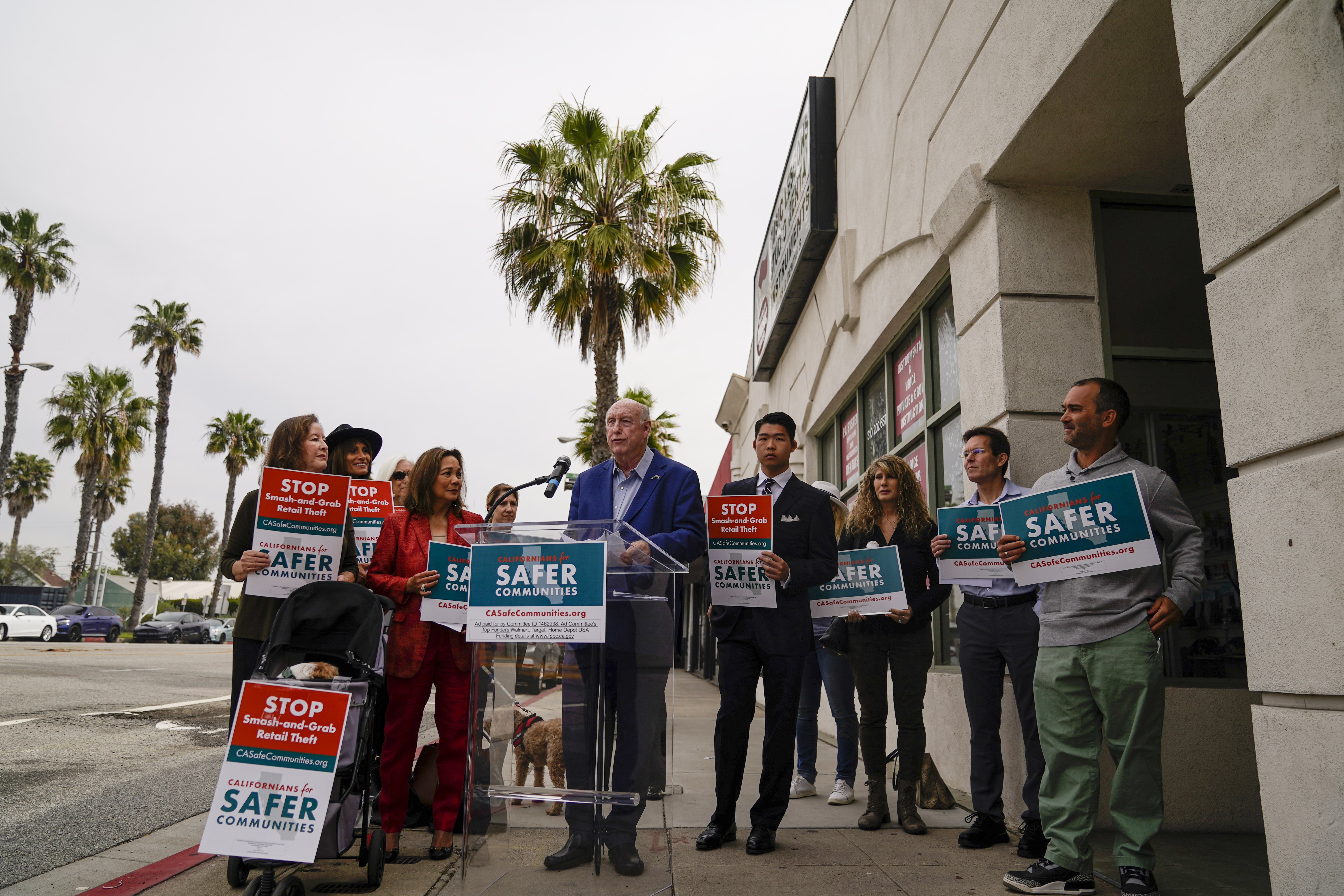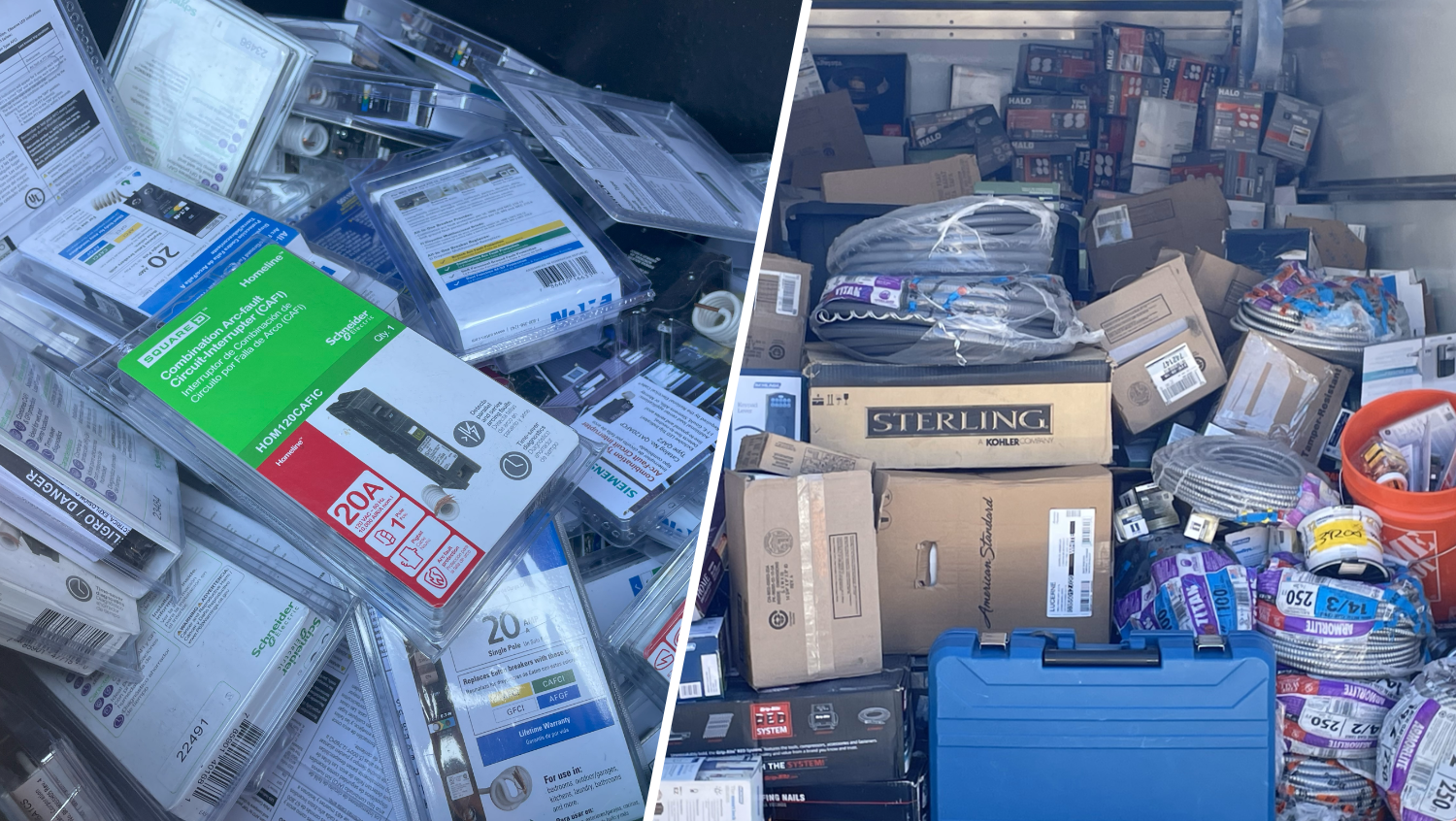Reading, writing and arithmetic used to be the three basics of a solid education. But in this age, more kids are learning to code as well.
Thousands of kids and teens are being taught coding skills at public schools and private academies across the Bay Area.
“Coding is an essential, basic technique that teaches kids how to think and how to problem solve,” said Wayne Teng, co-founder of The Coder School. The school has three locations in Cupertino, Palo Alto and San Mateo. “We definitely think it’s a very essential and basic skill."
HTML, Javascript and Python are some of the languages of a new literacy -- computer literacy. Yet these skills are out of reach for a number of Bay Area kids, creating a digital divide.
Parents pay between $200 to $400 a month for classes at The Coder School for their children, depending on the package.
The Obama administration values the development of coding skills for kids across the nation, having allocated $4 billion for student coding in 2016.
Local
“Now we have to make sure all our kids are equipped for jobs of the future,” said President Obama in an online video. “Which means not just being able to work with computers, but developing the analytical and coding skills to power our innovation economy.”
While federal aid is available to all U.S. students, Bay Area kids may have more human resources.
“The unique part about the Silicon Valley would probably be most of the parents are around the Silicon Valley so they are venture capitalists, they’re at startups, they’re at Google,” said Teng.
But not all of Silicon Valley’s kids have loved ones in tech or who can afford coding classes, and the disparities can be seen in the classroom.
According to the College Board, California students where the greatest number of AP Computer Science test takers in 2013. Yet just over 20 percent were female, 8 percent Latino, and less than 1.5 percent were Black.
To help change that, organizations like Girls Who Code, Yes We Code and Black Girls Who Code provide coding lessons and events for low-income and minority students in Silicon Valley and across the U.S. Online academies like Khan Academy offer free coding classes.
Employees of local technology companies are also volunteering in nearby classrooms and afterschool programs.
Over 50 Googlers go back to school once a week to teach third, fourth and fifth graders coding at Lakewood Elementary School in Sunnyvale.
“It’s fun. We can create games in there,” said third grader Joseph Fakava.
Students learn to create their own games, and are exposed to career opportunities they may not have known about otherwise.
“Girls are equal to boys,” said third grader Emma Currie. “There are no boy jobs, there are no girl jobs.”
For kids who don’t have Silicon Valley’s elite visiting their school, they can check out the library.
The San Jose Public Library offers free coding classes and computer time for students at different branches.
“Our libraries would traditionally support literacy services so people can learn to read print materials,” said Jill Bourne, San Jose City librarian. “Now we have to make sure they have access to things like Java coding classes. We have online classes that allow kids to learn how to build their own apps.”
The library also provides up to two hours of uninterrupted time on the computer for anyone with a library card. Many of the kids who use San Jose libraries either don’t have a computer at home or share with other family members.
“The peak usage is between about 2 p.m. and 6 p.m. at every location and what that is, is kids after school,” said Bourne. “After school every computer gets in use and our capacity starts to be really stretched.”
Whether private lessons or publically provided, coding classes and computer access can bridge the gap.



